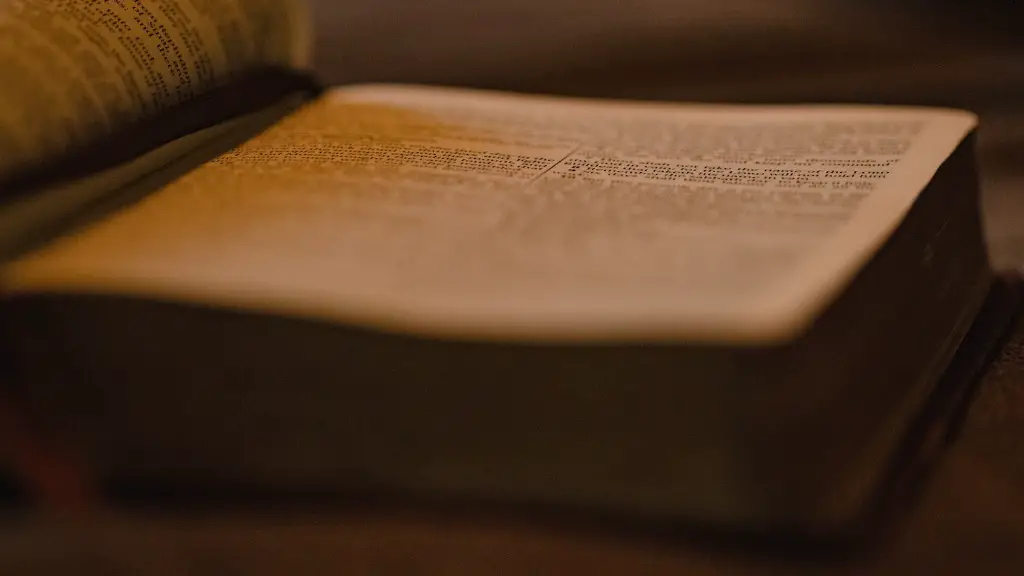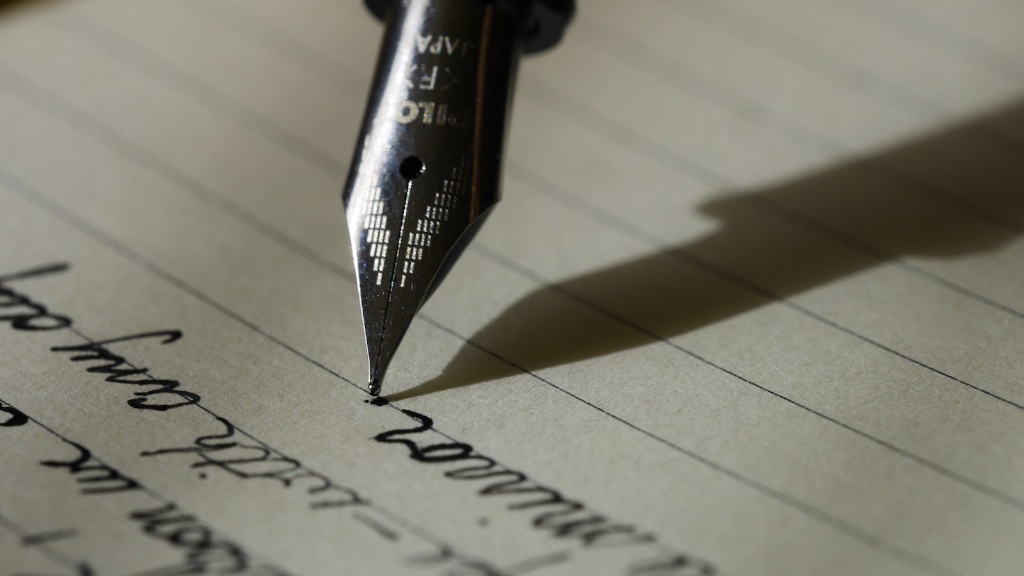What is A Sound Device in Poetry?
Poetry is a form of expression, captivating the reader and inspiring to action. It can evoke emotion, provide solace and lead to self-reflection. In this piece we explore what sound devices are and how they create powerful effects in poetry.
The English language is made up of a variety of sounds. Writers use techniques to establish, build, and enrich these sounds through the use of certain devices. Sound devices are techniques used to capture certain sounds and promote certain effects. Rhyme, for example, is the repetition of certain vowel or consonant sounds and is one type of sound device commonly used in poetry.
When writers use sound devices to give the poem structure, rhythm and mood, they create an overall pleasing sound to the poem; they create music, in a sense. To be successful in using sound devices, poets must consider how their words sound in context by understanding the natural sound of each word.
One example of a sound device is alliteration. When alliteration is used, the same consonants or syllables are repeated consistently throughout the poem. An example of alliteration is in the phrase ‘Peter Piper picked a peck of pickled peppers’. Notice how the letter ‘p’ is repeated in each word. This repetition of sound creates an amusing effect, taking the reader on a poetic journey.
Another sound device writers use is assonance. Assonance occurs when the same vowel sound is repeated in a line of poetry. A great example is William Butler Yeats’ poem, “The Lake Isle of Innisfree’. In this poem, Yeats uses the phrase “a small cabin built of clay and wattles made” to create a strong assonance effect. The repetition of the letter ‘a’ gives the reader a sense of continuity, making it easier to read the poem.
The use of sound devices in poetry can create a powerful and lasting impact. Focus on creating the right atmosphere, the right tone of voice, and the right feeling to capture your readers. It helps to put your reader into the right frame of mind and create an emotional bond.
Rhyme
Rhyme is one of the most often used sound devices in poetry. Rhyme is the repetition of similar end-sound syllables, typically used in couplets and stanzas. A few popular types of rhymes include internal rhymes, which occur within individual lines, and slant rhymes, which occur on unstressed syllables.
Rhyme can offer readers repose and pleasure, as the words clench at the end of a poem. It also adds definition to a poem’s meaning. This powerful effect makes rhyme a widely used sound device for bringing a poem to a stunning completion.
For example, the end of the lines of William Wordsworth’s poem, “The World is Too Much With Us,” echoes a pleasing rhyme:
“Bound upon the wheel of change,
And we are lost; the world is too much with us; late and soon”
These lines emphasize both the power of Wordsworth’s message, and the rhythmic pleasure of his use of sound devices.
Onomatopoeia
Another popular sound device used in poetry is onomatopoeia. Onomatopoeia is the use of words that imitate the sounds they refer to. While this sounds simple enough, onomatopoeia is actually a tricky sound device to master.
Take the following lines from an Alfred, Lord Tennyson poem for example:
“The moan of doves in immemorial elms,
And murmuring of innumerable bees”
HereTennyson uses the words “moan” and “murmuring” to create an onomatopoeic effect. This helps to create an atmosphere of serene nature and transports the reader to his setting.
Metaphors and Similes
Metaphors and similes are commonly used sound devices, particularly those found in lyric contents. Both metaphors and similes compare two unlike things to bring out their common connection. The sound devices help evoke images in a poem, and make the content more interesting to read.
For instance,the following lines from the classic poem, “The Walrus and the Carpenter” by Lewis Carroll demonstrate how a metaphor can be used to create an effective atmosphere in the poem:
“The woods are dark and deep
But I have promises to keep,
And miles to go before I sleep”
This metaphor compares the long journey still ahead to the darkness of the woods. It creates a sense of urgency, and provides the reader with a strong image of the intended location; effectively transitioning them into the story.
Personification
Personification is another sound device used to create moods and emotions in poetry. Personification is the use of human qualities and characteristics ascribed to non-living objects, animals and ideas. This technique helps to make a poem more vivid, and adds texture to the content.
Take, for example, this passage from Robert Frost’s poem, “The Pasture”:
“I’m going out to clean the pasture spring;
I’ll only stop to rake the leaves away
(And wait to watch the water clear, I may)”
Frost personifies the pasture and spring to bring the words to life. We can feel the taking care of a beloved home through his use of sound devices. The personification adds layer to the poem and emphasizes the content’s overall meaning.
Rhythm and Repetition
Rhythm and repetition are two sound devices that work together to help maintain the poem’s momentum and move the reader through the content. Rhythm is created by using lines of a certain length or structure throughout the poem. This can draw the reader’s attention to a particular point and give structure to the poem.
Repetition is achieved by repeating words or phrases in a poem. Repeating key words can bring attention to the important themes of a poem, as in William Blake’s classic;
“Tyger! Tyger! burning bright
In the forests of the night,
What immortal hand or eye
Could frame thy fearful symmetry?”
By repeating the phrase “Tyger! Tyger,” Blake preserves the rhythm of his poem, but more importantly he underscores the intensity of the element taking center stage in his poem.
Wordplay and Uniqueness
Finally, writers use wordplay and uniqueness to create a memorable sound effect. Wordplay is the use of different words, phrases and combinations to make the sound of the words, rather than their literal meaning more prominent. For instance, in the poem “The Raven” by Edgar Allen Poe, the use of unique words such as “ebony”, and “ghastly”, gives the poem character and a somber tone.
Furthermore, writers often use uniqueness to create a special musical effect. This can be done by using experiences or colloquialisms that only a few may understand. For instance, in her poem “Singin’ and Swingin’ and Gettin’ Merry Like Christmas,” Maya Angelou uses unique experiences to explore the theme of African American culture.
Conclusion
Sound devices are an essential part of poetry, providing readers with an avenue for exploring the hidden meanings of a poem and forging an emotional bond between the poem and the reader. By taking the time to craft and perfect their sound devices, poets can create strong and lasting effects in their work.


